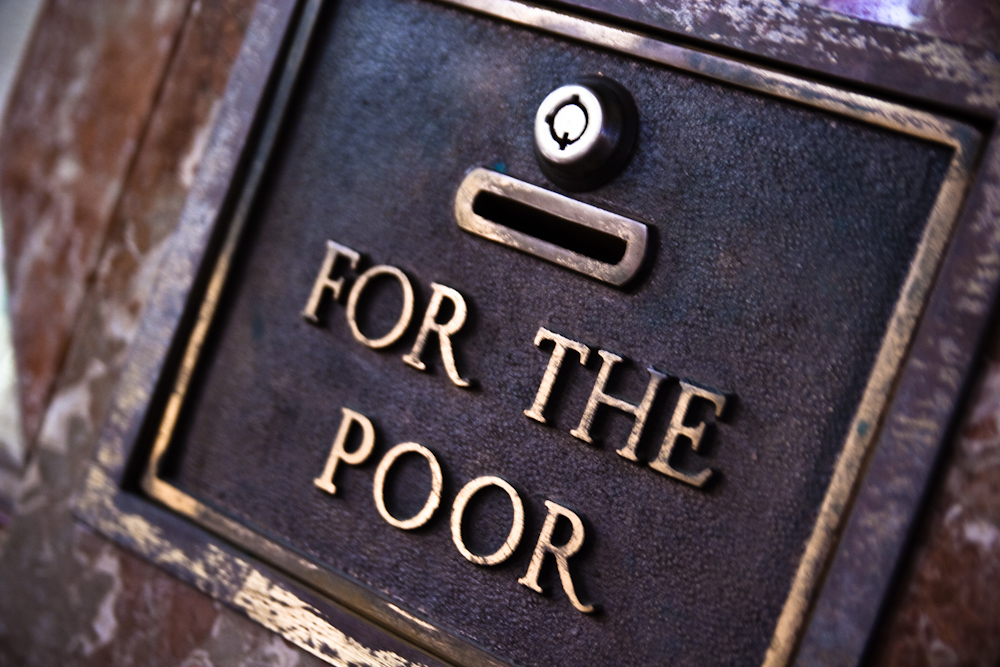The tax reform adopted in in the U.S. in December 2017 has significant implications for charitable deductions. Households that do not pay mortgage interest and do not have major medical expenses are likely to find that giving to charity no longer brings tax benefits. The purpose of this article is to explain how “charity bunching” may help you regain some tax advantages of charitable giving.
Charity bunching is the practice of giving several years’ worth of charity in one year, while giving little in other years. To illustrate, I will use the example of Joe and Mary, a married couple that files jointly. Note that married couples filing jointly who have at least $14,000 in mortgage deductions per year probably would not benefit much from charity bunching.
Joe and Mary earn $200,000, pay $14,000 in state and local taxes (SALT), and give $12,000 per year to charity. They do not have other deductions. Under the old tax code, their itemized deductions were greater than the standard deduction, so they enjoyed tax benefits from charitable giving.
The tax reform of 2017 limits the deduction of SALT to $10,000 for married filing jointly, and increases the standard deduction to $24,000. This means that Joe and Mary’s eligible itemized deductions ($22,000) are less than the standard deduction. Thus, they do not receive any tax benefit from charitable giving.
How does charity bunching help? Suppose that Joe and Mary give three years’ worth of charitable donations in Year 1 and nothing in Year 2 or Year 3. Their itemized deductions in Year 1 are $36,000 for charitable donations plus $10,000 for SALT, for a total of $46,000. Their taxable income is $200,000 – $46,000 = $154,000, resulting in taxes due of $25,759 (based on the 2018 tax tables). In each of Years 2 and 3, they take the standard deduction of $24,000, resulting in a taxable income of $176,000 and taxes due of $30,819. The cumulative (undiscounted) three-year tax bill is $87,397.
Let’s compare their charity bunching three-year tax bill to the one based on giving $12,000 charity each year. Joe and Mary would be forced to take the standard deduction each of the three years, resulting in a three-year tax bill of $92,457. Thus, if they do not charity bunch, they pay $5,060 more in taxes over those three years.
This example illustrates how charity bunching can restore many of the tax benefits of charitable donations. The tax benefits rise as one bunches more years of charity into one year, but there are the obvious costs in terms of reduced liquidity. I am not a tax expert and my calculations are for illustration, so you should talk to your tax adviser before deciding whether it makes sense for you to charity bunch.
Charities are not fond of bunching, however, because it makes it difficult for them to plan. One of the more popular vehicles for charity bunching that enables smoothed giving to the charities is a Donor Advised Fund (DAF). Joe and Mary could donate the three years’ worth of charity to a DAF in Year 1 (and take their tax deduction) and then “advise” the DAF to give grants to their favorite charities in a smooth manner during the next three years. There are many such funds available, such as the ones managed by Vanguard, Fidelity, and many Catholic organizations.
Valerie A. Ramey
Professor of Economics
University of California, San Diego







